#1808
Text
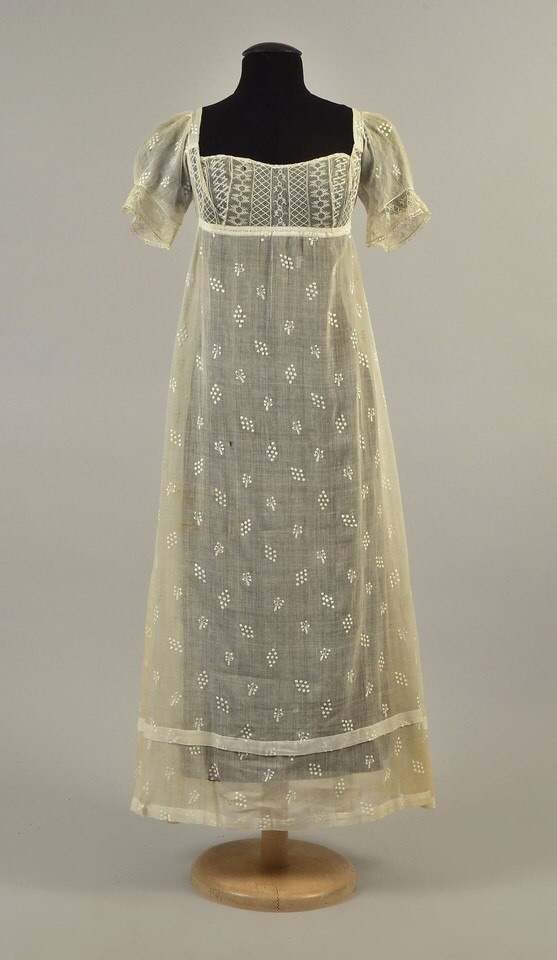




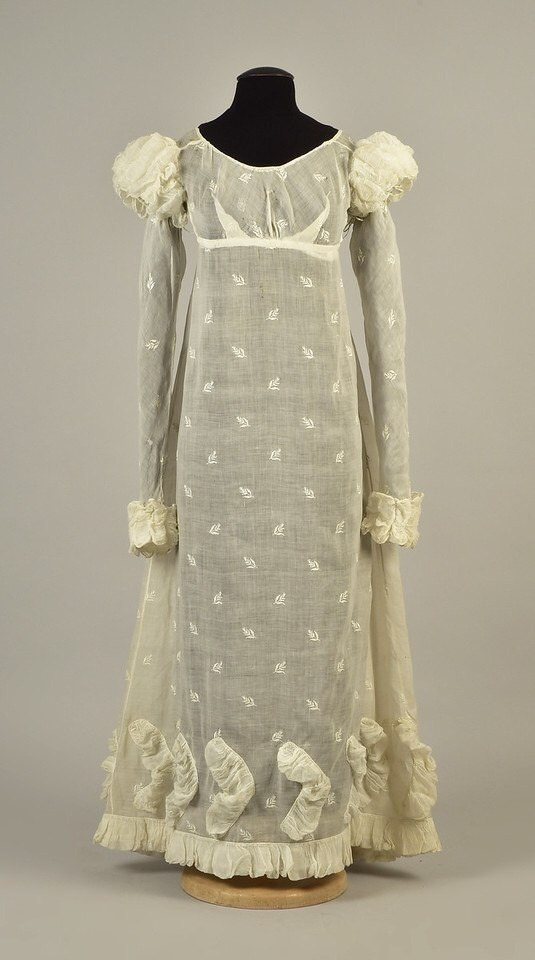
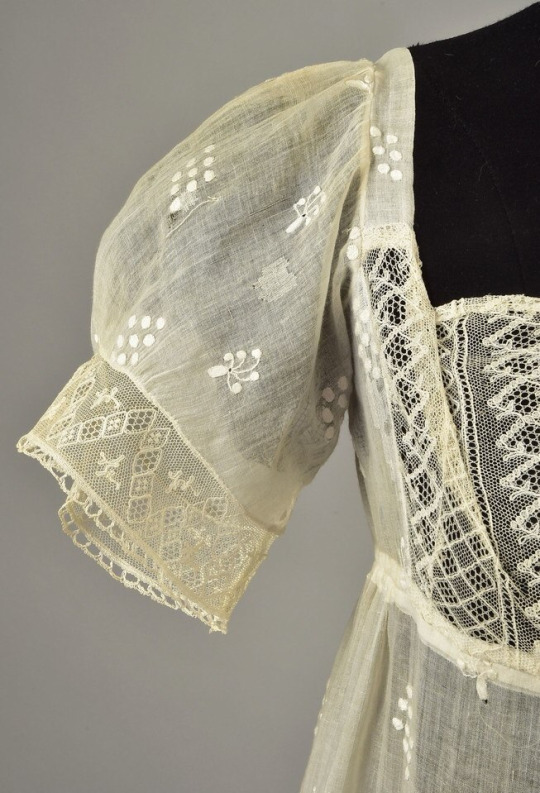
𝙻𝚘𝚟𝚎 🤍
𝚃𝚠𝚘 𝚖𝚞𝚜𝚕𝚒𝚗 𝚍𝚛𝚎𝚜𝚜𝚎𝚜 𝚍𝚎𝚌𝚘𝚛𝚊𝚝𝚎𝚍 𝚠𝚒𝚝𝚑 𝚎𝚖𝚋𝚛𝚘𝚒𝚍𝚎𝚛𝚢, 1808 𝚊𝚗𝚍 1815
#fashion #fashiongram #fashionable #fashionphotography #fashionlover #fashionart #fashionaddict #fashionphotographer #fashionpost #fashionshoot #fashionlove #fashionlovers #fashioneditoral #editoral #catwalk @bixlasagna
𝙵𝚊𝚋𝚕𝚎𝚜 & 𝙵𝚊𝚒𝚛𝚢𝚝𝚊𝚕𝚎𝚜 - 𝙳𝚎𝚗𝚒𝚣 𝙺𝚞𝚛𝚝𝚎𝚕 𝚁𝚎𝚖𝚒𝚡 𝚋𝚢 𝙽/𝚊, 𝚁𝚘𝚜𝚒𝚗𝚊 ✨

#l o v e#hand made#nostalgia#take me there for one day#muslim#muslin#dresses#3/2024#feminism#magick#muslin dresses#embroidery#1808#19th century#vintage#vintage fashion#art history#orient#oriental#1815#aesthetic#x-heesy#now playing#music and art#vintage dress#chic#fashion#we Need magick#arabic
118 notes
·
View notes
Text
The first of what will probably be many posts translating Napoleon's letters to Murat (a project made infinitely easier thanks to the Fondation Napoléon's recent online publication of Napoleon's entire correspondence).
80 notes
·
View notes
Text

Jean Auguste Dominique Ingres (French, 1780 - 1867)
Oedipus and the Sphinx, 1808
National Gallery, London
Oedipus, a figure from Greek mythology, stands nude and in profile before the Sphinx, who guards the entrance to the ancient city of Thebes. The Sphinx – a monster with the face, head and shoulders of a woman, a lion’s body, and bird’s wings – asks Oedipus to solve the riddle she poses to all travellers seeking to enter the city: ‘What has a voice and walks on all fours in the morning, on two at noon, and on three in the evening?’ Oedipus correctly answers that it is man who crawls on all fours as a child, walks on two legs as an adult, and uses a walking stick as a third leg in old age. The bones of a previous traveller, killed by the Sphinx for having failed to solve the riddle, lie at the bottom of the picture. Thebes is visible in the distance on the right.
The theme of a monster defeated by human intelligence clearly appealed to Ingres. The picture also complements another of his paintings, Angelica saved by Ruggierro, which shows a chivalrous knight attacking a sea monster to save a princess. But this is also a painting of a man facing his destiny, as Oedipus’s actions will lead him to become King of Thebes, as the oracle predicted at his birth, and to unknowingly marry his own mother, Jocasta. This unwitting tragedy and its consequences is the drama of Oedipus Rex, the middle play of Sophocles' Theban Plays.
This painting is a later, and smaller, version of one painted in 1808 and subsequently reworked in 1827 (Louvre, Paris). The first version of Oedipus and the Sphinx was essentially a figure study that Ingres painted while studying at the French Academy in Rome. It was sent to Paris to be judged by members of the Institut de France. As required by the Institut’s rules, the figure of Oedipus was based upon a live model, although the pose was derived from the classical statue, Hermes Fastening his Sandal (Louvre), a Roman marble copy of a lost Greek bronze. Oedipus’s body is presented as an arrangement of geometrical shapes; for example, the triangle formed by his left arm, thigh and chest is mirrored and inverted by his left upper arm and forearm. The use of profile for both Oedipus and the Sphinx, together with the shallow space in much of the picture, recalls classical friezes and ancient Greek vases, which Ingres used as the sources for his deliberately classical artistic style.
#Jean Auguste Dominique Ingres#French art#mediterranean#art#fine arts#1800s#fine art#european art#classical art#europe#european#oil painting#europa#mythology#mythological art#classical#Oedipus and the Sphinx#1808#painting#artwork
111 notes
·
View notes
Text


#historical fashion polls#fashion poll#historical dress#historical fashion#dress history#fashion history#fashion plate#19th century#19th century fashion#19th century dress#early 19th century#1800s dress#early 1800s#1800s fashion#1800s#1808
61 notes
·
View notes
Photo
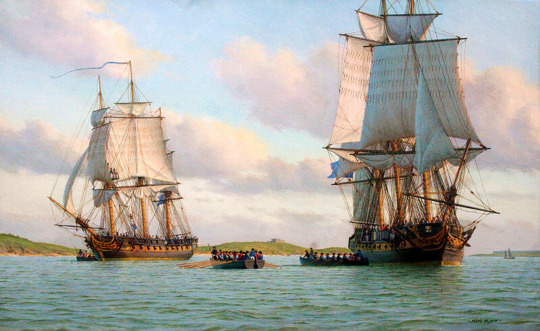
H.M. Ships COSSACK and COMET landing Troops at Santander, 23 June 1808, by Mark Richard Myers (1945-)
188 notes
·
View notes
Photo


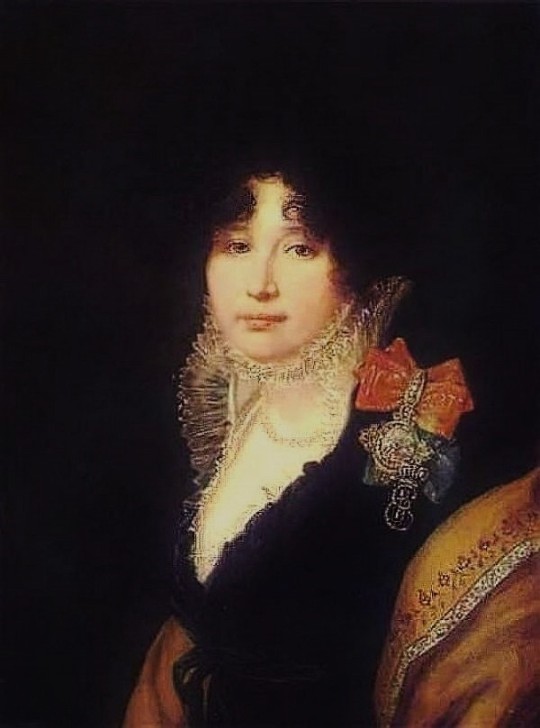


Three versions of a portrait of Princess Anastasia Tcherbatov by Orest Kiprensky, 1808
61 notes
·
View notes
Text
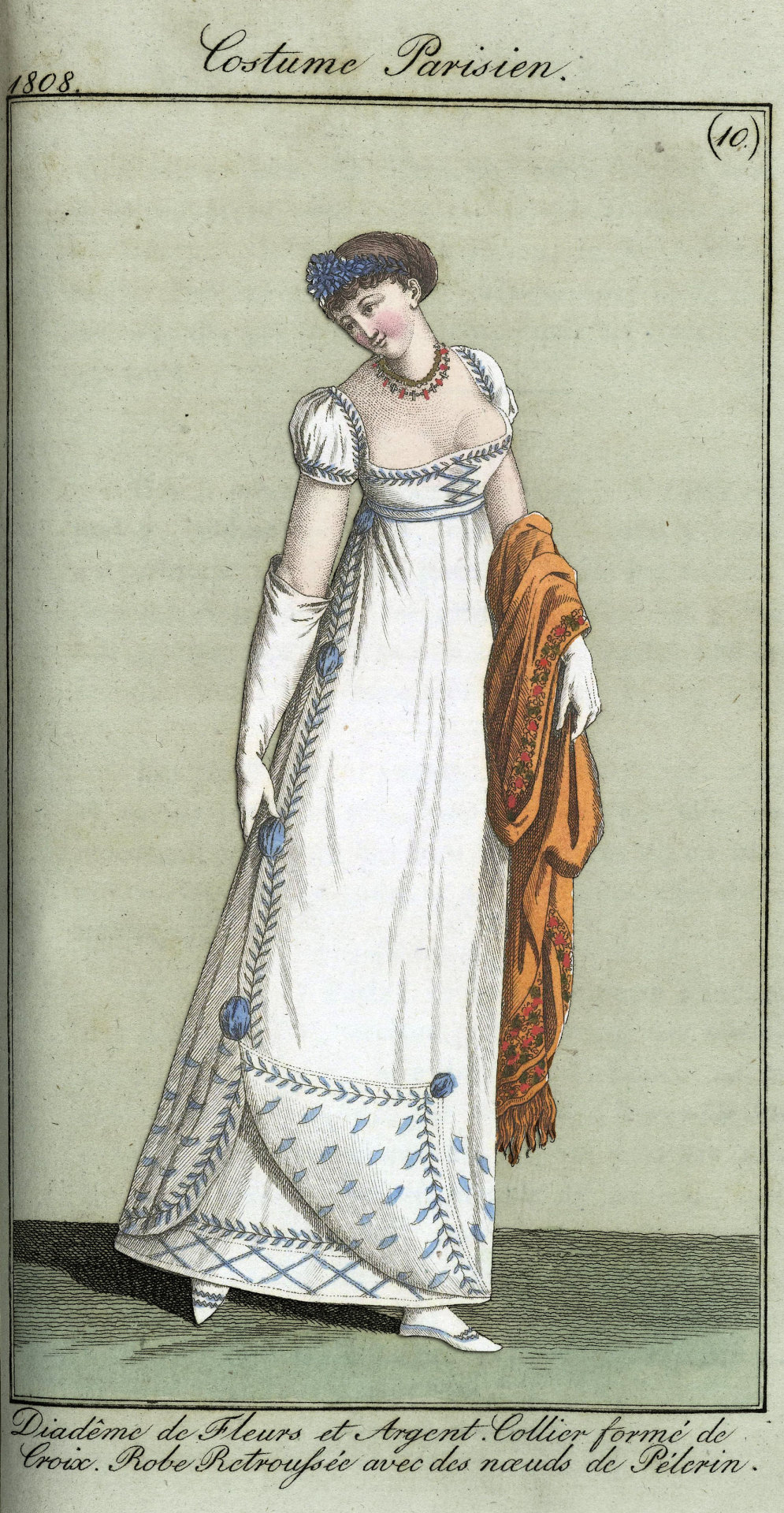
Journal des Dames et des Modes, editie Frankfurt 7 mars 1808, Costume Parisien (10): Diadême de Fleurs et Argent. Collier formé de Croix. Robe Retroussée avec des noeuds de Pélerin. Collection of the Rijksmuseum, Netherlands
According to the accompanying text (p. 264): silver diadem with flowers. Necklace of crosses. Gown of white muslin, retro-styled with the new ones. (of which a point is included at the bottom, so that an underskirt with embroidered edge is visible. Puffed sleeves. Embroidered silk shawl. White gloves. White shoes. The print is part of the fashion magazine Journal des Dames et des Modes, published in Frankfurt as copy of the French edition of Pierre de la Mésangère, (1798-1848).
#Journal des Dames et des Modes#19th century#18aughts#1808#on this day#March 7#periodical#fashion#fashion plate#color#description#rijksmuseum#dress#shawl#gown#Mésangère
32 notes
·
View notes
Text

Embroidered muslin dress, English, 1808
From the Victoria & Albert Museum
#fashion#fashion history#history#dress#muslin#regency#1808#1800s#19th century#georgian#english#embroidery
44 notes
·
View notes
Photo

Katsushika Hokusai, An Onryo (Illustration from the Kinsei-Kaidan-Simoyonohoshi), 1808
258 notes
·
View notes
Text



The Little Beggar, c. 1808-09, Napoleonic era
By Hortense Haudebourt-Lescot, French
The Little Beggar is one of the earliest known works by the artist, who arrived in Rome a few months after her professor, Guillaume Guillon-Lethière, had been appointed director of the Academy of France in its new home in the Villa Medici. The subject is exceptional in showing a beggar in such a compassionate light; while he is clearly asking the viewer for money, he is a sympathetic, not a threatening figure, reflecting a significant change of attitude towards the less fortunate.
Literature
François Guizot, De l’état des Beaux-Arts en France et du Salon de 1810, Paris, Maradan, 1810, p. 99
Pierre François Gueffier, Entretiens sur les ouvrages de peinture, sculpture et gravure, exposés au Musée Napoléon en 1810, Paris, Gueffier jeune, 1811, p. 157
C. P. Landon, Salon de 1810, p.104
Paul Menoux, Hortense Haudebourt-Lescot, Catalogue Raisonné, Paris, Arthena (to be published).
TEFAF Maastricht
#Hortense Haudebourt-Lescot#Le Petit Mendiant#TEFAF Maastricht#TEFAF#maastricht#19th century#napoleonic era#napoleonic#art#women artists#neoclassical#1808#1809#19th century art#female artists#female painters#women in art#auction#auctions
13 notes
·
View notes
Photo

The Colossus (El Coloso) –1808 by Francisco De Goya
#Francisco De Goya#The Colossus#El Coloso#1808#19th century#19th Century Art#painting#giant#Illustration#romancism#art#artwork#illustrations#spanish
307 notes
·
View notes
Text
Mourning “the Cruel Loss Which Has devoted to Eternal Grief a Heart Hitherto Superior”
This long letter from La Fayette to Marie Charles César de Fay de la Tour Maubourg, January of 1808
La Fayette to Thomas Jefferson, January 8, 1808:
My dear friend
The Constant Mourning of Your Heart will be deepened by the Grief I am doomed to impart. Who Better than You can Sympathise for the Loss of a Beloved Wife? The Angel who for thirty four Years Has blessed My Life was to You an Affectionate, Grateful friend—pity me, my dear Jefferson, and believe me for Ever, with all My Heart,
Yours
Lafayette
“To Thomas Jefferson from Marie-Joseph-Paul-Yves-Roch-Gilbert du Motier, marquis de Lafayette, 11 January 1808,” Founders Online, National Archives, https://founders.archives.gov/documents/Jefferson/99-01-02-7183. [This is an Early Access document from The Papers of Thomas Jefferson. It is not an authoritative final version.] (02/21/2024)
La Fayette to James Madison, April 8, 1808:
I am Equally Sure of Your Sympathising Concern for the Cruel Loss Which Has devoted to Eternal Grief a Heart Hitherto Superior, I Can Say, to Misfortune, but [Whose present] Misery is Inexpressible.
“To James Madison from Marie-Joseph-Paul-Yves-Roch-Gilbert du Motier, marquis de Lafayette, 8 April 1808,” Founders Online, National Archives, https://founders.archives.gov/documents/Madison/99-01-02-2922. [This is an Early Access document from The Papers of James Madison. It is not an authoritative final version.] (02/21/2024)
La Fayette to Thomas Jefferson, April 8, 1808:
Altho’ my Letter by Young Mr. McHenry Had Not Reached You, I am sure You Have by this time Heard of My Unhappy fate. The Wife whose Loss I am left to Mourn Has Been Long known to You—in Her, as Every Moment of an Union of Thirty four Years, I Have found the Greatest Blessing My Heart Could Wish for and more than a Compensation for Every possible Misfortune—The Great and Amiable character She Had public Opportunities to display was only a part of the Adorable Qualities in which So much Domestic Happiness Had Centered. And at the End of a Life devoted to and probably shortened by Conjugal Love, she Gave me, to Her Last Breath, Such Affecting proofs of Her Sentiments As Have Mingled to an inconsolable Grief the more tender Remembrances. I Have Long Ago, from my Heart, pitied You, My dear jefferson—And Yet, Before this Blow, I Confess I did not know What it was to Be Unhappy—there was Hitherto No Effort in My Standing Superior to all Vicissitudes—Now I feel Myself irretrievably Overpowered—You Will Be But too Ready to Sympathize with me. in Her You Had a Noble Minded Admirer and an Affectionate Grateful friend.
Under these Cruel Circumstances it is painful for me to Express, Yet I ought not to dissemble My disappointement to See a State Vessel Arrive Without a Line of Answer to My Letters of September Last—You know it is not in My temper to Be Either Desponding or importunate. I am Heartily Disposed to Impute my distress to Any Accident or person this Side of the Atlantic. But it would be Want of Confidence and Gratitude for my friends on other shore and particularly for You, Was I to Refrain from Entreating Your Experienced Benevolent Attention in My Behalf.
“To Thomas Jefferson from Marie-Joseph-Paul-Yves-Roch-Gilbert du Motier, marquis de Lafayette, 8 April 1808,” Founders Online, National Archives, https://founders.archives.gov/documents/Jefferson/99-01-02-7814. [This is an Early Access document from The Papers of Thomas Jefferson. It is not an authoritative final version.] (02/21/2024)
La Fayette to Thomas Jefferson, May 29, 1808:
My Situation is the Same as when I made Your friendly Heart a partaker in the Miseries of an irretrievable Loss, and inconsolable Grief (…)
“To Thomas Jefferson from Marie-Joseph-Paul-Yves-Roch-Gilbert du Motier, marquis de Lafayette, 29 May 1808,” Founders Online, National Archives, https://founders.archives.gov/documents/Jefferson/99-01-02-8071. [This is an Early Access document from The Papers of Thomas Jefferson. It is not an authoritative final version.] (02/21/2024)
La Fayette to Thomas Jefferson, June 18, 1808:
Your Good Letter inclosed in the Official dispatches by the St. Michael Has Afforded me Great Comfort. No Balm Can Be Applied to a Suffering Heart More Soothing than the Sympathising Affection and Regrets of Such a friend as You—While I Have So often with Her Lamented the Loss of Your Happiness I did not foresee that Before Long I should Be Entitled to a Reciprocity of Your Condoling Pity—and Now, after Having Ever Cherished the Similarity of our Sentiments in the General Concerns of Mankind, I feel More and More Attached to You By the Similarity of our Condition in the deepest Concern that Can Affect Human Life.
“To Thomas Jefferson from Marie-Joseph-Paul-Yves-Roch-Gilbert du Motier, marquis de Lafayette, 19 June 1808,” Founders Online, National Archives, https://founders.archives.gov/documents/Jefferson/99-01-02-8177. [This is an Early Access document from The Papers of Thomas Jefferson. It is not an authoritative final version.] (02/21/2024)
#marquis de lafayette#la fayette#french history#american history#history#letters#founders online#1808#adrienne de lafayette#adrienne de noailles#thomas jefferson#james madison
14 notes
·
View notes
Text
Part two of Napoleon's letters to Murat (3 November - 15 December 1808). This is really where Napoleon starts coming down hard on Murat and criticizing and/or ridiculing practically everything he does. (I had to laugh at the multiple complaints about Murat's doling out of the Order of the Two Sicilies, for, um, reasons.)
#just let him give away the shiny things Napoleon what is wrong with you#Napoleon#Napoleon Bonaparte#Joachim Murat#letters#history#1808#Naples#Order of the Two Sicilies
44 notes
·
View notes
Text
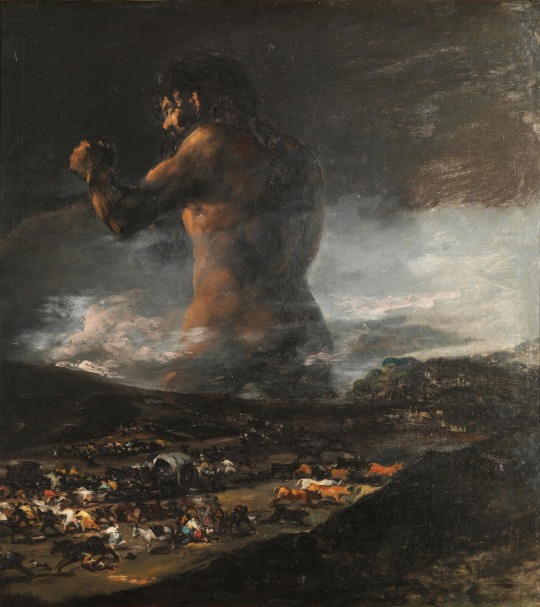
The Colossus (Francisco de Goya, 1808)
27 notes
·
View notes
Text



Plan of Fort Dearborn in what is now Chicago, January 25, 1808.
Record Group 77: Records of the Office of the Chief of Engineers
Series: Fortifications Map File Plans of Military Forts
File Unit: Drawer 130
Image description: Drawing of buildings around a central square, and additional buildings further out. The front of each building is shown, oriented to the direction it faces, so that buildings facing north are upside down.
Image description: Detail of the plan, showing a few buildings with notations like “to be replaced”.
Image description: Detail of the plan, showing part of the circle of trees that surround the fort.
50 notes
·
View notes
Photo
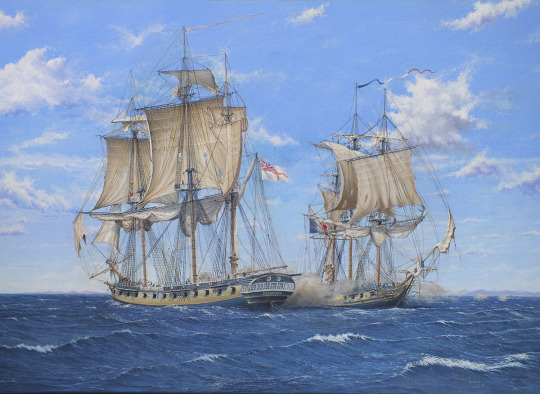
HMS St Fiorenzo taking the Frigate Piemontaise, 8 March 1808, by Terence Lee (1944-)
107 notes
·
View notes